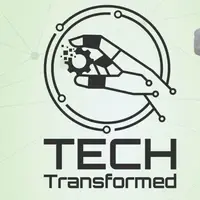Data provenance is essential for maintaining trust and integrity in data management. It involves tracking the origin of data and understanding how it has been processed and handled over time. By focusing on fundamental principles such as identity, timestamps, and the content of the data, organisations can ensure that their data remains accurate, consistent, and reliable.
Implementing data provenance does not require significant changes or large investments. Existing technologies and techniques can be seamlessly integrated to provide greater transparency and control over data. With data provenance, businesses can confidently manage their data, enhancing decision-making and fostering stakeholder trust.
In this episode, Jon Geater, Co-Chair of the Supply Chain Integrity Transparency and Trust (SCITT) Working Group, speaks to Paulina Rios Maya, Head of Industry Relations, about data provenance.
Key Takeaways:
- Data provenance is knowing where data comes from and how it has been handled, ensuring trust and integrity.
- The fundamental principles of data provenance include identity, timestamps, and the content of the data.
- Data provenance can be implemented by integrating existing technologies and techniques without significant changes or investments.
- Data provenance helps with compliance, such as GDPR, by providing a transparent record of data handling and demonstrating compliance with requests.
Chapters:
00:00 - Introduction and Background
02:01 - Understanding Data Provenance
05:47 - Implementing Data Provenance
10:01 - Data Provenance and Compliance
13:50 - Success Stories and Industry Applications
18:10 - Conclusion and Call to Action















Comments ( 0 )